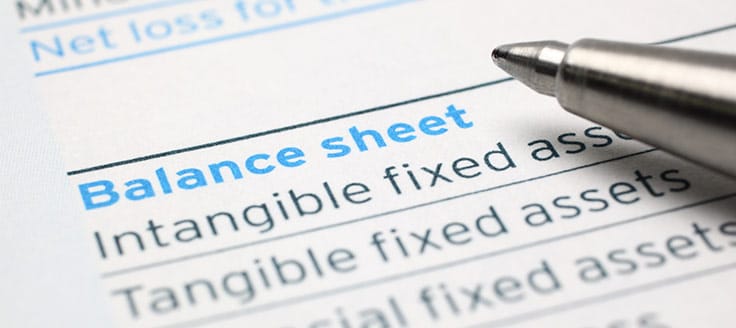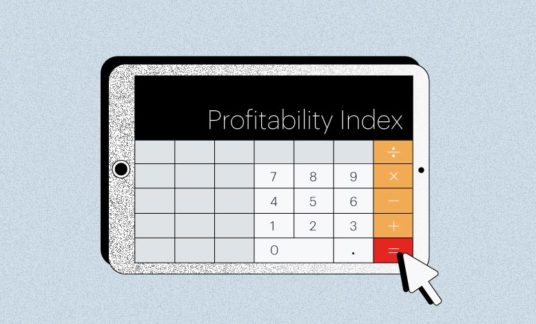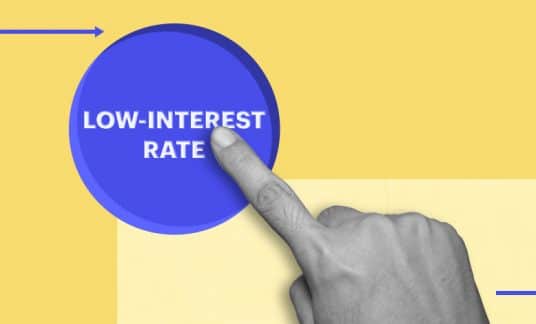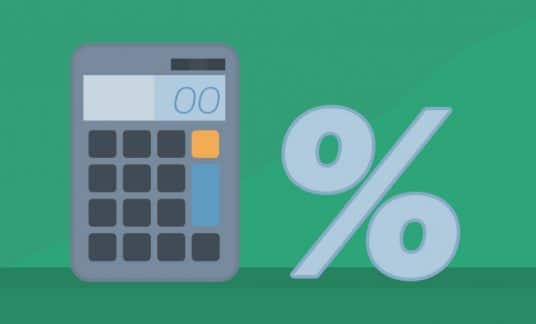A business financial statement is a formal record that reports the state of your assets, liabilities, income and cash flow. Knowing how to make and read a financial statement is critical to understanding the health of your business. Let’s take a look at the components of your business’ financial reports. Once you understand what’s included, you’ll know how to make a financial statement and apply its data to optimize your company’s monetary health.
Business Financial Statement Types
There are 3 kinds of financial statements, and even though the records are separate, each one is affected by the activity of the others. As a whole, your business financial reports will give you a picture of where business income came from, track spending and investing and understand your current financial position.
- Balance Sheet
- Income Statement
- Cash-Flow Statement
Let’s break down what each business financial statement entails.
The Balance Sheet
The balance sheet is a snapshot of your business finances at a given point. Typically, it’s prepared at the end of the month, quarter and year. It will detail your company’s assets, liabilities and shareholder equity. Be sure to keep meticulous books, whether on paper or using accounting software, to track this data. You’ll need the information when you’re creating your financial statements. You’ll want to pay attention to the ratio between assets and liabilities. This ratio lets you know if you have enough equity and cash to pay off your current debts. If the ratio is less than 1, your company could have issues paying current liabilities.
Assets
Assets are either cash or physical items owned by the company that have value. When calculating assets, the fair market value of items in their present condition is used. Current assets are items that are expected to be sold or converted into cash within the next 12 months. The current inventory of cars on the lot at an auto dealer or products on the shelves at a retail store are examples of current assets. Non-current assets are long-term investments of value that you don’t expect to immediately liquidate. This can include intellectual property or tangible items such as office furniture, computers or phones. The total of these items shows the net value of your assets if the company sold everything it owned.
Liabilities
Liabilities are what you owe to others, including payments and debts. Current liabilities detail outstanding debt. For example, you may have a short-term small business loan or money you owe to subcontractors for work performed. These are debts due within the year. Long-term liabilities are financial obligations that you owe but do not have to be paid in the next 12 months. These might be items such as the mortgage on your business property.
Shareholder Equity
Shareholder equity is the value of the company’s assets after deducting its liabilities.
Small Business Financials Formula: The Balance Sheet
In calculating your balance sheet, this formula is helpful:
Assets = Liabilities + Shareholder Equity

The Income Statement
The essential question for every small business owner is, “Am I making money?” The income statement charts earnings and expenses to determine your net income or loss over a specific period of time. This business financial statement shows your profitability during the reporting period. Creating and maintaining an income statement among your other financial statements is important because it can help you identify trends over time and make adjustments when needed.
Revenue
Revenue represents all of the income coming in during the reporting period. It also includes any interest realized from investments. This includes sales of goods or services.
Expenses
Expenses report the cash going out of your business during the reporting period. This includes the cost of buying goods, paying employee salaries and miscellaneous expenses, such as advertising. You also record a loss from investments.
Small Business Financials Formula: The Income Statement
In calculating your income statement, this single-step formula is helpful:
Net Income = Revenue – Expenses
The Cash-Flow Statement
Your business financial statement records include your cash flow. While an income statement reports whether you made a profit during a certain period, a cash-flow report will tell you whether you actually generated or lost cash during that same time. When you’re creating your cash-flow financial statement, make sure it’s broken down into 3 parts and that each tracks money coming into and out of the business.
Operating activities are the core activities of how a business generates revenue and how it spends it. Cash from the sales of goods and services are recorded as a cash inflow whereas wages and the purchasing of goods are recorded as cash outflows. Investing activities detail any changes in your cash position realized from the purchase or sale of property, equipment or hard assets. Financing activities record the change in cash levels from issuing bonds, buying back stock or any payments (such as interest or dividends) to shareholders.

The Budget Comparison
Your budget is your financial plan for the year and what you project will happen based on the information you have at the time you prepare it. Every business should have a budget that is used as the basis for your financial planning.
It will be set up on either the calendar (January through December) or a fiscal calendar (any 12-month period beginning and ending on any chosen month. For example, October through September). Broken down into line items, it helps you measure if you are meeting revenue goals by product or service, and whether you are hitting the margins you need to. Likewise, expenses are broken down by line item so that you can measure whether your spending is in line with your projections.
Your budget comparison to any business financial statement shows how your business is doing each reporting period against your plan. This helps you track trends in revenue growth (or loss) and expense growth (or savings). It’s a moving target every month. More sales will bring in more revenue but is also likely to increase your expenses. Fewer sales than anticipated can lead to fewer expenses, especially if your business pays employees on commissions or incentives based on revenue targets.
Tracking your actual performance against budget allows you to make adjustments in the future to help keep your business on track.










